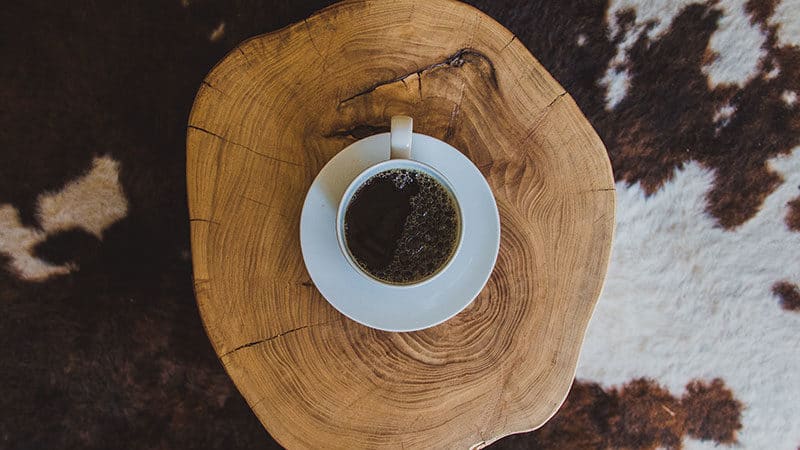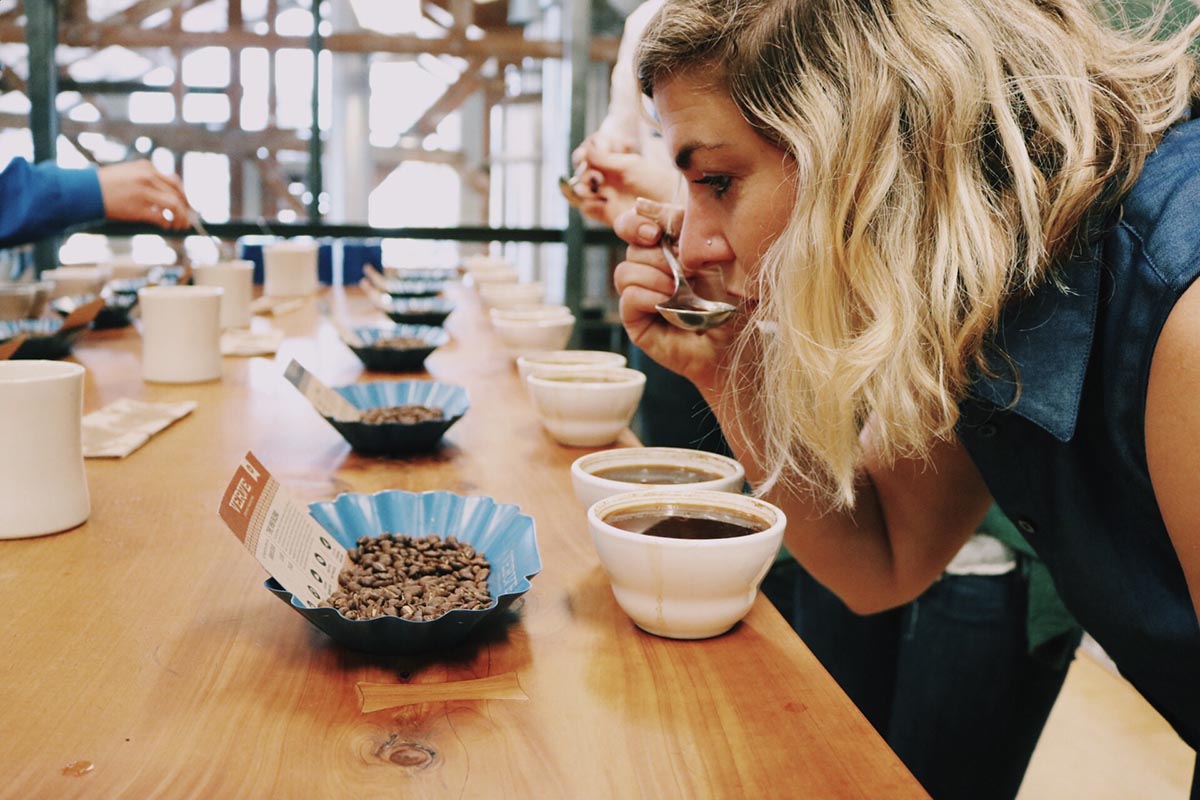[guide] how to quickly identify and solve common coffee brewing defects
Professional coffee knowledge exchange more coffee bean information please follow the coffee workshop (Wechat official account cafe_style)
It's hard to find a pair of matching socks when you get up in the morning. You don't have the energy to solve the problem of brewing coffee. That's why many people want to make coffee at home but don't want to do it themselves. Although some problems can not be solved by simple re-cooking, many problems can be solved. Today, the editor will share with you some simple guides to help you quickly identify the most common problems in coffee and solve them quickly.
It should be noted, however, that although these tips are widely used to solve the problems found in various brewing methods, the necessary conditions for them to be established are high-quality brewing water at the right temperature, as well as good quality, well-ground coffee powder. A skilful wife cannot make bricks without rice. Please pay attention to the quality of raw materials.

Symptom 1: acid
Problem: under-extracted coffee will taste sour, there is not enough time to extract, it will lead to light coffee taste, and only sour taste. If the coffee beans you are drinking are "naturally sweet, full and round", but you only drink empty and sour, there is no other flavor, then you can be sure that this is an incomplete extraction.
Solution: adjust the grinding or time to allow more coffee flavor to be dissolved and extracted into your cup. You can try to extend the extraction time or fine-tune the grinding scale. The thickness of coffee powder determines the extraction time of coffee, so the coarsely ground coffee powder needs to increase the extraction time than the finely ground coffee powder. Grind your coffee powder a little bit and try again. (or, you can extend the soaking time of the coffee powder-compare which flavor you like better, and remember to stick to these parameters. )
But... If coffee beans are used prematurely after roasting, the espresso can sometimes show a sour taste. This sharp acid, which appears because it is too fresh, is related to the roasting of coffee beans, and the carbon dioxide it produces has not yet escaped, making the coffee flavor sour. Although this flavor can also be drunk in other ways of brewing fresh coffee beans, it (such as any defect) is more pronounced in espresso.
Symptom 2: bitterness
Is the coffee bitter? Maybe too much was extracted from the coffee powder. If you want to take a lesson on overextraction, use your French pot, which you may have already used. After brewing, heat the bubble in the kettle for another hour or so. Let the water come into contact with the coffee powder to continue the extraction-about an hour later, you should be able to drink a cup of bitter, disgusting wood dregs. Now do you understand what Jie means? I'm sorry, this is equivalent to letting you smoke a whole pack of cigarettes at once, and next time you can quickly distinguish the exquisite taste.
Solution: adjust the grinding or time. Like underextracted coffee, the simplest solution is to roughen and grind. In this case, roughing and grinding will slow down the extraction process, making it easier for you to find the right balanced coffee flavor. Or try to gradually shorten the extraction time to see if your coffee is getting better.
Symptom 3: stale, insipid taste
The stale taste of coffee may be due to a variety of factors, such as insufficient extraction and low brewing temperature, but it is safest to check carefully: did you grind the coffee before you make it? If not, how many days has the coffee powder been on the table? Have you ever seen its whole bean status? As the freshness of coffee beans decreases and the coffee powder is ground and exposed to the air, coffee slowly loses its subtle aroma and other important flavors. Such as alcohol thickness and acidity. If you want to store coffee for a long time, or grind the beans prematurely before brewing, it will inevitably become stale and insipid.
Solution: pay attention to grinding and storage. This is an iron rule that everyone must abide by, even if it is a cheap hand bean grinder with free delivery of dozens of yuan, it is also very practical! If you are too lazy to do it, let your lover or child do manual work. After opening a bag of fresh coffee beans, try to use it up within a month and keep it as sealed as possible in the meantime.
Symptom 4: other odors
Among the countless things that can make coffee taste worse, the following are the most common: shoddy coffee beans, shoddy water, uneven grinding particles (an old problem with bean choppers), dirty coffee utensils, filter paper or other filters with a strong irritating taste, and simple bad luck. Some defects in coffee, such as moldy fermented taste or Rwandan coffee beans plagued by defective potatoes-are rare, but they can happen.
Check your cooking parameters to make sure that all factors in the cooking process are locked in the best possible condition. If you don't flush well the first time, try again, not again.
END
Important Notice :
前街咖啡 FrontStreet Coffee has moved to new addredd:
FrontStreet Coffee Address: 315,Donghua East Road,GuangZhou
Tel:020 38364473
- Prev

Where are the main producing areas of coffee in the world? Coffee Flavor characteristics of main Coffee producing areas in the World
Professional coffee knowledge exchange more coffee bean information Please pay attention to coffee workshop (Wechat official account cafe_style) the origin of coffee beans is mainly divided into: Africa, Central and South America, Asia and islands in flavor, African bean flavor: Ethiopian coffee has a strong orange flavor, Kenya coffee has a strong raspberry flavor, as well as the sour aroma of plum juice and grapefruit, and sugar cane
- Next

What makes coffee smell? How do we smell coffee?
Professional coffee knowledge exchange More coffee bean information Please pay attention to coffee workshop (Weixin Official Accounts cafe_style) We enjoy the unique flavor and rich aroma of coffee, chocolate, caramel, nuts, fruits and flowers, which may be felt when brewing coffee or sipping coffee, but what chemical reaction is there? Each sensory trait is produced by different chemical and biological processes.
Related
- Beginners will see the "Coffee pull flower" guide!
- What is the difference between ice blog purified milk and ordinary milk coffee?
- Why is the Philippines the largest producer of crops in Liberia?
- For coffee extraction, should the fine powder be retained?
- How does extracted espresso fill pressed powder? How much strength does it take to press the powder?
- How to make jasmine cold extract coffee? Is the jasmine + latte good?
- Will this little toy really make the coffee taste better? How does Lily Drip affect coffee extraction?
- Will the action of slapping the filter cup also affect coffee extraction?
- What's the difference between powder-to-water ratio and powder-to-liquid ratio?
- What is the Ethiopian local species? What does it have to do with Heirloom native species?

